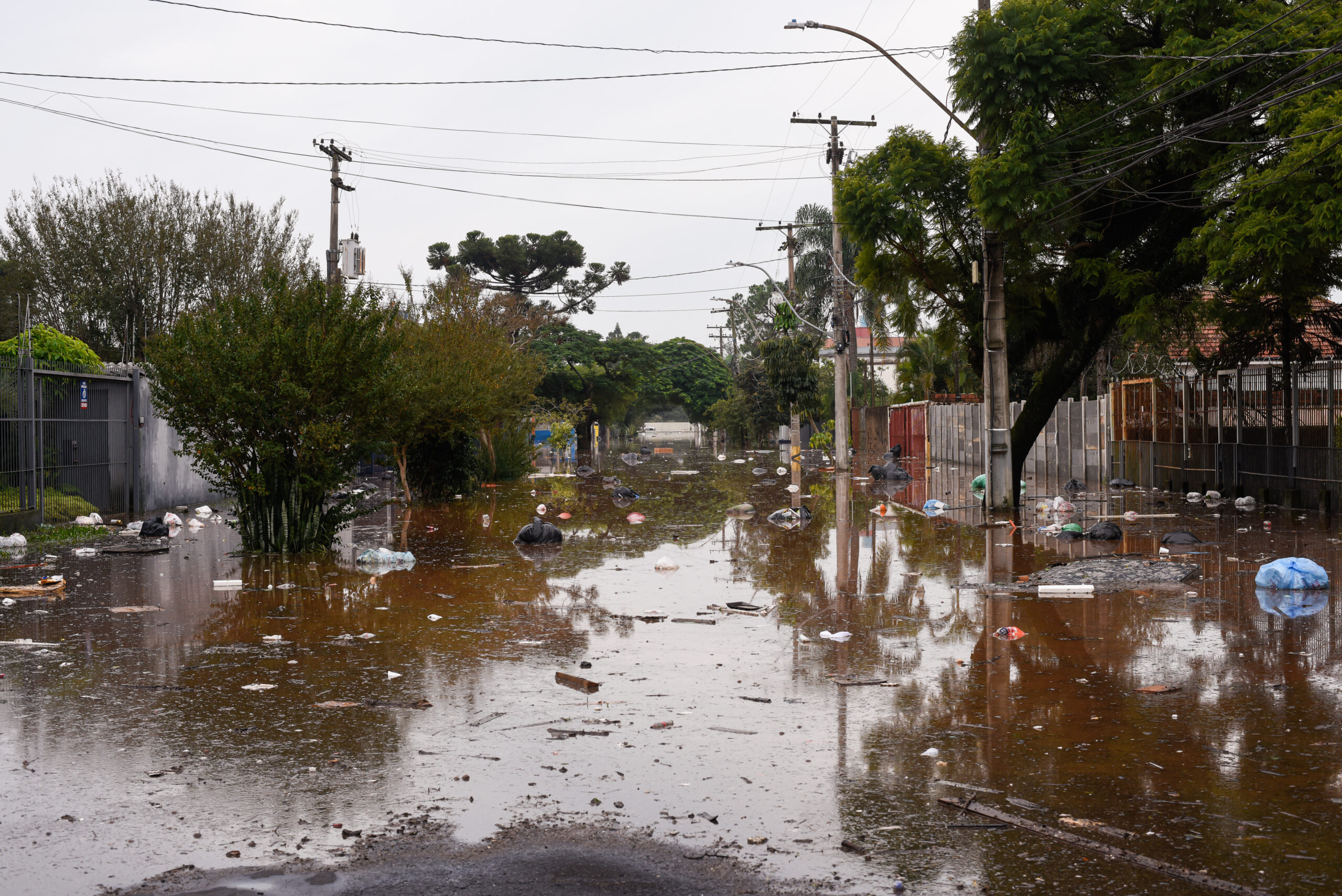Environmental Risks Following Natural Disasters
October 28, 2024
Natural disasters can have devastating effects on businesses and their surrounding environments. Understand how proactive planning can reduce potential damages.
Natural disasters can have devastating effects on businesses and their surrounding environments. Understand how proactive planning can reduce potential damages.

In the aftermath of a natural disaster, immediate concerns often focus on property damage, injuries, and business interruptions. However, even after the clean-up process, businesses can still face significant risks, including health and safety hazards, financial losses, and reputational damage.
Employers must also consider the environmental effects of these events, especially since traditional insurance policies may limit or exclude related coverage. By understanding the key environmental risks that arise post-disaster, business owners can effectively develop strategies to address them.
Multiple situations can complicate the recovery process for businesses and communities. Natural disasters can create conditions that result in environmental hazards, such as:
Severe weather events, such as floods and hurricanes, can cause water to get into your building and lead mold growth. When materials like drywall and wood become wet, it creates environments where mold can thrive.
According to the Centers for Disease Control and Prevention, mold can cause many adverse health effects, including respiratory problems, burning eyes, or skin rashes. Individuals with asthma, mold allergies, weakened immune systems, or chronic lung diseases may experience more severe reactions and potentially develop infections after mold exposure.
Infrastructure made from hazardous materials can be severely damaged during a natural disaster, leading to toxic building debris. Specifically, storage containers holding harmful chemicals can cause contaminated waste products to get out into the environment. This can be harmful by polluting the surrounding water, air, and soil.
Business properties built on historically contaminated grounds (e.g., Superfund sites) are at an elevated risk of toxic releases due to the nature of those areas, even if their operations typically do not generate hazardous materials.
Fires associated with natural disasters can create poor air quality in the surrounding communities. When a severe storm triggers an electrical fire or a wildfire begins to spread, it can incinerate materials within buildings, releasing potentially toxic fumes.
Additionally, firefighting efforts may involve chemicals containing per- and polyfluoroalkyl substances (PFAS) or other harmful agents to extinguish the flames. Known as “forever chemicals,” PFAS do not break down, creating further health and environmental risks.
Natural disasters can disrupt or overwhelm waste management systems due to the extensive damage and debris generated. For example, sewer systems may not operate properly, causing health risks, or waste removal services may not be able to function, resulting in the buildup of hazardous material.
Businesses must understand their environmental liabilities to safeguard against potential risks from natural disasters. Proactively identifying potential hazards and implementing preventive measures can ensure that companies can protect their operations and stay in compliance.
The following strategies can help reduce risks associated with natural disasters:
In the wake of natural disasters, businesses face numerous challenges. By understanding different environmental risks that can arise, companies can mitigate potential vulnerabilities and safeguard their operations. A proactive approach to preparation is key to reducing liability and fostering a safe, sustainable recovery for the business and its surrounding environment.
For further insights into effectively responding to environmental risks, or to secure the right insurance, contact a trusted advisor.